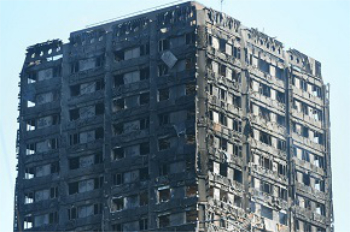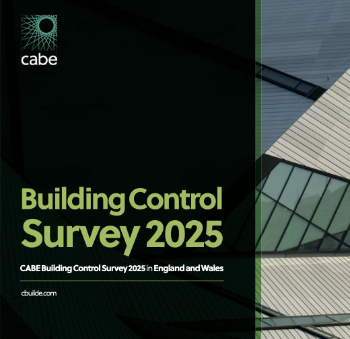Levels of engagement
Engagement Overlay to the RIBA Plan of Work, published by the RIBA in January 2024, states in relation to levels of engagement:
The five levels of the IAP2 Spectrum of Public Participation (see ‘Public Participation under ‘Useful References’) – inform, consult, involve, collaborate, empower – constitute increasing degrees of impact (as you move from left to right) that decision-making bodies are engaging about.
Each level on the spectrum differs in terms of the influence and impact stakeholders, and participants have on shaping the definition of a problem or opportunity and making decisions about the best solutions to problems. An engagement plan ideally has multiple levels of public participation; this assists in fostering trust, sustaining motivation, and encouraging future participation.
The levels of engagement also relate to depth and breadth. The most suitable approach should be chosen based on the project's type and context, the extent of the decision-making powers of stakeholders, the available time and resources for engagement, and the quality of existing relationships and needs of stakeholders should be considered. Transparency and commitment fulfilment help create an environment of trust and accountability, regardless of the chosen level of engagement - for example, a collective creative approach (co-design etc.) sits in-between to collaborate and empower. Ultimately, striking a balance between participation and efficiency is critical. What matters most is being transparent about the chosen level of engagement, the reasons behind it, and fulfilling the commitments made to participants.
[edit] Related articles on Designing Buildings
- Collective creative approach.
- Community charter.
- Community.
- Consultation process.
- Co-production.
- Engagement desktop study.
- Engagement lead.
- Engagement method.
- Engagement outcomes.
- Engagement plan.
- Engagement programme.
- RIBA plan of work.
RIBA.
Featured articles and news
ECA Blueprint for Electrification
The 'mosaic of interconnected challenges' and how to deliver the UK’s Transition to Clean Power.
Grenfell Tower Principal Contractor Award notice
Tower repair and maintenance contractor announced as demolition contractor.
Passivhaus social homes benefit from heat pump service
Sixteen new homes designed and built to achieve Passivhaus constructed in Dumfries & Galloway.
CABE Publishes Results of 2025 Building Control Survey
Concern over lack of understanding of how roles have changed since the introduction of the BSA 2022.
British Architectural Sculpture 1851-1951
A rich heritage of decorative and figurative sculpture. Book review.
A programme to tackle the lack of diversity.
Independent Building Control review panel
Five members of the newly established, Grenfell Tower Inquiry recommended, panel appointed.
Welsh Recharging Electrical Skills Charter progresses
ECA progressing on the ‘asks’ of the Recharging Electrical Skills Charter at the Senedd in Wales.
A brief history from 1890s to 2020s.
CIOB and CORBON combine forces
To elevate professional standards in Nigeria’s construction industry.
Amendment to the GB Energy Bill welcomed by ECA
Move prevents nationally-owned energy company from investing in solar panels produced by modern slavery.
Gregor Harvie argues that AI is state-sanctioned theft of IP.
Heat pumps, vehicle chargers and heating appliances must be sold with smart functionality.
Experimental AI housing target help for councils
Experimental AI could help councils meet housing targets by digitising records.
New-style degrees set for reformed ARB accreditation
Following the ARB Tomorrow's Architects competency outcomes for Architects.
BSRIA Occupant Wellbeing survey BOW
Occupant satisfaction and wellbeing tool inc. physical environment, indoor facilities, functionality and accessibility.






















